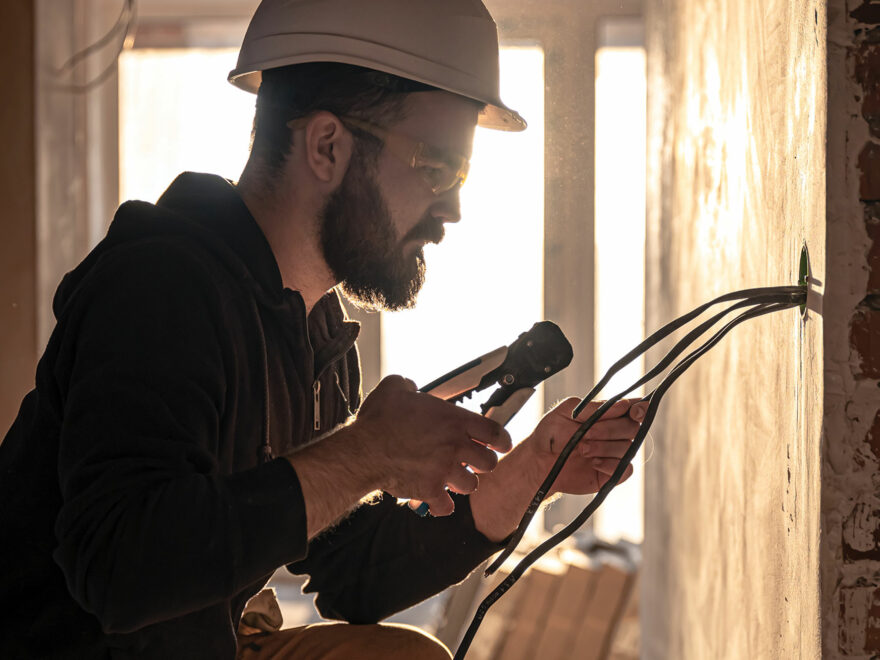Learn about one of the most important tools for electrical contractors
Electrical contractors face risks on the jobsite every day. But risk assessments for electrical installations, when performed correctly, can help reduce the overall risk of injury. Let’s take a deeper dive into this invaluable tool.
What are electrical installation risk assessments?
An electrical installation risk assessment is a procedure that helps electrical workers identify hazards, assess risks, and implement risk controls before beginning work at a site. During the assessment, a worker must weigh the likelihood of an electrical accident occurring, and the severity of a potential injury.
The case for electrical installation risk assessments
“It won’t happen to me. I’m safe.” While electrical contractors may feel confident working with electrical equipment, the potential risks of the job, including shock and arc flash, warrant extra precautions.
In many cases, safe electrical work practices, such as performing a risk assessment for circuits and other electrical installations, can help contractors avoid both shock and arc flash events.
Three steps in an electrical installation risk assessment matrix.
Here are three steps required as part of any risk assessment for electrical installations.
1. Evaluate the likelihood of occurrence
The likelihood of occurrence will vary depending on the work performed. For example, there’s a higher chance of an electrical event when performing voltage testing on energized conductors than when operating a circuit breaker handle.
Equipment condition is also a factor that may impact the likelihood of an electrical occurrence, especially if the equipment is improperly rated or maintained.
Because of this, equipment maintenance documents and any relevant safety information are a must-have for electrical workers.
2. Determine the severity of a potential injury
The severity of a potential injury depends on the type of electrical occurrence. For shock hazards, this is simple to determine. The severity of an injury relates back to the voltage and the path that current will follow as it travels through the body.
However, for arc flash hazards, the severity is based on the available incident energy at that point in the electrical system.
How do you determine the incident energy? Incident energy is the amount of energy generated during an arc flash event. Electrical contractors can estimate this by accessing circuit-specific information in the equipment documentation, such as the clearing time of the upstream overcurrent protection and the available fault current. Once the incident energy level is known, equipment should be marked so future workers can quickly identify the incident energy level during servicing.
3. Follow the risk control hierarchy
After assessing the likelihood of occurrence and severity of a potential injury, it’s time to implement risk controls based on a hierarchy. These include:
Elimination: Temporarily eliminate the hazard to establish an electrically safe work condition.
Substitution: Substitute less-hazardous equipment, such as using non-electrical or battery-operated tools instead of corded.
Engineering controls: Choose options that automatically reduce risk, including RCD protection or factory-installed barriers.
Awareness: Alert people to a hazard by installing permanent or temporary signs, labels, barricades, etc.
Administrative controls: Complete all front-end work, such as establishing planning processes, attending training, obtaining permits, and clarifying work procedures.
PPE: Ensure personal protective equipment (PPE), such as insulated tools, clothing, and gloves, are available when needed.
Again, these risk controls will vary depending on the site and the work being performed.
To increase safety in electrical environments, contractors must be able to recognize the hazards associated with electrical energy and then take the necessary precautions to avoid those hazards. An electrical installation risk assessment is the tool to help you accomplish this — it is quite possibly the most important tool you need working around electrical equipment.
For a more detailed step by step guide check out the quick guide from Worksafe here.


